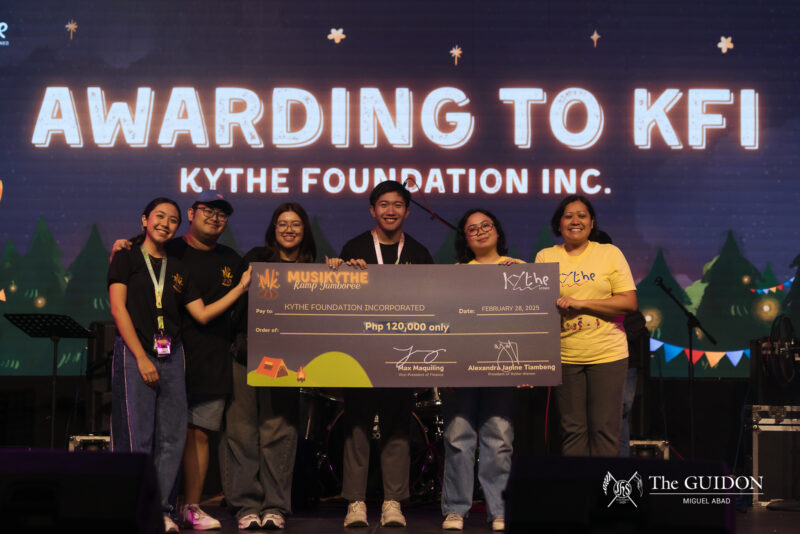TO ADVANCE student participation, fair representation, and transparency, the Sanggunian held its first State of the Sanggunian Address (SOSA) on January 29. During the two-hour address, the various Sanggunian officers delivered progress reports on their accomplishments throughout the first semester.
Inspired by last year’s 260 Days of Interim initiative, Sanggunian Vice President and Central Assembly (CA) Chairperson TJ Alcantara pushed for SOSA’s implementation in the CA as part of its commitment to transparency and accountability. Notably, this previous initiative resulted from the two-year postponement of the Sanggunian General Elections.
“Because we were in an interim government last school year, we decided to present our milestones, our challenges, our performance as an interim government. I thought that this should be institutionalized, and so this became the State of the Sanggunian Address,” he said.
Highlights of progress
Most of the projects and future plans presented during the address were focused on student engagement and COVID-19 related subsidies. Among the highlighted milestones was Resolution No. 2, which School of Social Sciences Representative Ivan Nabong and his team authored to bolster student representation through the election of Course Representatives.
Additionally, School of Science and Engineering Representative Rika Cruz cited her plans for a COVID-19 Testing Subsidy Bill, while John Gokongwei School of Management Representative Liezel Brito put forward her plans regarding a Startup Subsidy Bill for student entrepreneurs.
However, CA members like Council of Organizations of the Ateneo – Manila (COA-M) Representative Kichee Pinera noted the difficulties in garnering low student engagement from the sectors they represent.
The challenge of engagement
Pinera discussed the low sectoral engagement, saying that this is one of the Sanggunian’s biggest, recurring issues. League of Independent Organizations (LIONS) Sector Representative Alexandra Derpo noted that, in particular, CA sessions have a considerably low amount of views.
For instance, CA sessions typically only have five live views in total. Currently, the most recent CA session has 442 views, while there are over 8,000 undergraduate students in the Ateneo.
Having implemented SOSA to directly address this issue, Derpo brought up that cross-posting on the various Sanggunian pages aided in improving student engagement. Alcantara added that the Sanggunian is also planning to post clips of SOSA so that interested students may choose which speech to watch rather than watching the full two-hour address.
Opening doors
Furthermore, Pinera mentioned that SOSA is “a call to action” for the Sanggunian. “If you are not satisfied with the service that we’re giving, it’s okay to air it out and hopefully you trust us enough with that information [so we can] properly address the situation,” she added.
Regardless of the low student engagement the Sanggunian faced, Alcantara shared that he hopes for SOSA to continue improving. He mentioned that, instead of the officers giving their updates through individual speeches, SOSA could be an open dialogue between sector representatives and their constituents in the future. This will allow students to share their questions, concerns, and feedback with their officers.
In line with this, Derpo said that SOSA was a good platform to start with more “on the ground” information dissemination. “When there’s an initiative like SOSA that caters to the entirety of the student body, what we’re able to do is […] remove that barrier that internal town halls or general assemblies kind of push for. We kind of open it to all,” she said.
Alcantara added that the Sanggunian is also planning to initiate more sectoral dialogue by giving the emerging sectors a space to voice their concerns. He said these plans include the transferee and LGBTQ+ sectors to give them the opportunity to share action points that could possibly be converted into legislation.
“[We] acknowledge that the Sanggunian has so much to learn. Coming to this online set-up, there were a lot of limitations […] but I think we were able to overcome some of those limitations and challenges by pushing through, trying to be more innovative, and looking for ways on how we could engage with the student body,” he said.







